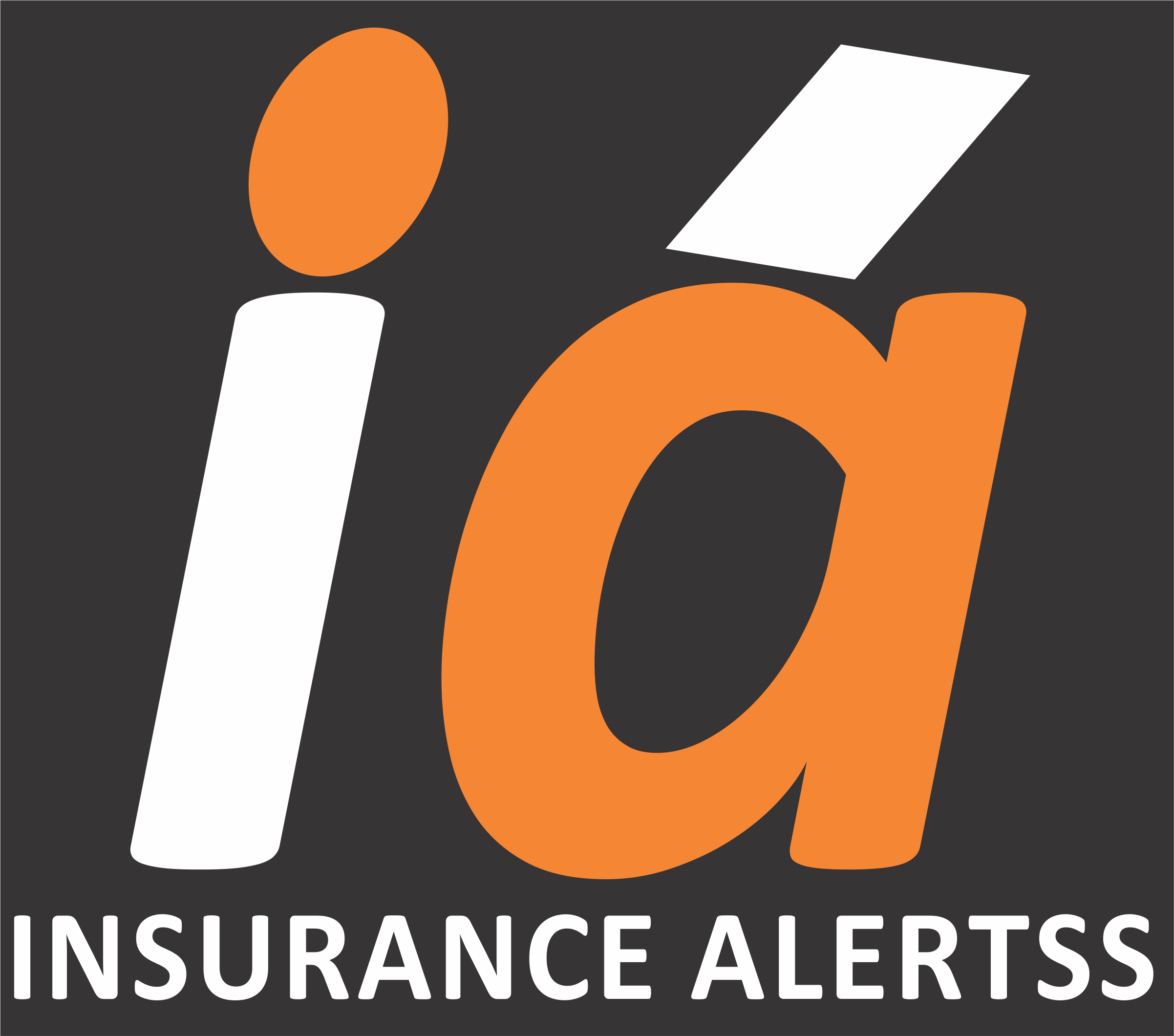 10-02-2020
10-02-2020
You may have to pay even for cashless health insurance claim. Here's why

 Insurance Alertss
Insurance AlertssYou may have to pay even for cashless health insurance claim. Here's why
New Delhi: In case of a health insurance policy with the medical reimbursement option, the policyholder pays the amount first and is then required to show the hospital bill to the insurer for the money to get reimbursed into their account. However, in the case of a cashless claim, the insured does not have to pay the hospital bills as the insurance company reimburses the amount directly to the hospital.
In order to avail the cashless claim facility, the insured has to be treated in an empanelled hospital. After providing the details of the health insurance policy and presenting the e-card or other proof of the insurance taken in the name of the policyholder, they can avail cashless hospitalization and treatment, if the illness/injury is covered under the policy.
In case of insurance policy with the cashless claim option, policyholders often think they are not liable to pay anything against treatment if they are pre-authorized for the cashless option. However, that's not the case. You may have to still pay some amount since the insurance company makes a few deductions.
Here's what you may be required to pay in a cashless claim option:
1. Exclusions: Note that insurance policies often do not cover every medical expense. Hence, when it comes to claims, there are deductions due to non-admissible items or services. For instance, services such as registration charges, medical record fees, admission fees, insurance processing fees, etc. are often not covered and have to be paid by you.
2. Room rent: Room rents while covered in most policies are often capped. In most policies, an upper-limit is applied on the room rent beyond which the insurance company is not liable to pay. Hence, if during hospitalization, you choose a room whose rent exceeds this upper-limit, a proportionate charge will be applied to all the treatment-related services.
3. Co-pay: Co-payment is an insurance policy decreases the premium amount to be paid. With the Co-pay option, the policyholder is liable to pay a certain percentage of the total claim amount. This is applied to the dependents of the policyholder such as spouse, children, and parents.
4. Sub-limit on treatments: Policyholders often have this misconception that if the total cost of their treatment is less than the sum insured, it will be covered by the insurer. However, what they don't understand is that under a policy, almost every treatment has a limit applied to it. So, if the treatment cost exceeds the limit, the policyholder will have to pay the difference.
It is worth mentioning that usually, the insured has to inform the insurance provider of the hospitalization or treatment requirement ahead of time in order to avail cashless treatment. The claims process for treatment at a cashless network hospital varies according to the type of treatment - Planned or Unplanned.
Source: ET Now
